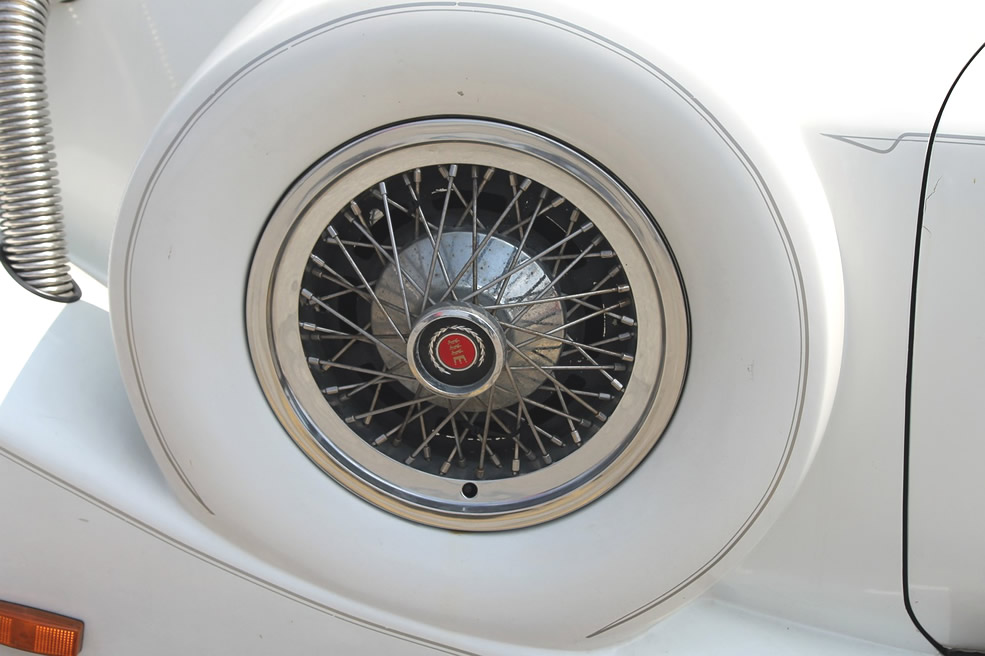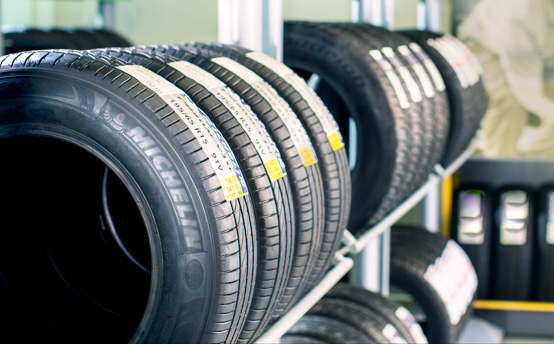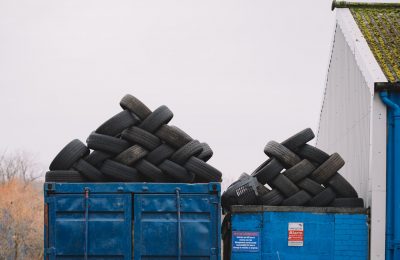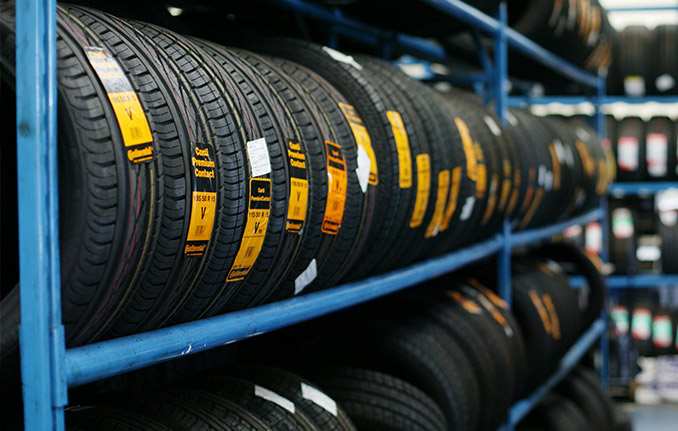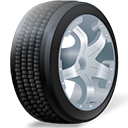Many buyers still assume that a new vehicle will automatically come equipped with a spare tyre, and are often caught off guard when they don’t find one in the boot (trunk) when they really need to. The once mandatory spare tyre has gradually become a dim memory of a time when drivers could travel secure in the knowledge that should a puncture or blowout bring the car to a halt, they would have a spare on hand. That sense of security has been slowly phased out over the past few years as first the spare tyres disappeared. Then the comes-with-the car replacements intended to take their place, also started to vanish into history and currently repair kits have largely taken their place, according to Chris Lett of Branigans Tyres in Queensland.
No Spare but Some Savings
Lett says that with the introduction of stricter CO2 standards, manufacturers have been challenged with reducing vehicle emissions, and have been forced to come up with some innovative changes. Reducing the weight of the vehicles by disposing of spare tyres (and their follow-ups), as well as the tools supplied to fit them, was just one of them.
Ridding the car of all of these does reduce CO2 emissions as well as fuel consumption, but by very small amounts, Lett said. It also opens up space in the car, which would have been taken up by the spare and the tools. And all that replaces it is a repair kit, and a lack of security in the driver.
Looking at the Different Types of Spare Tyres
“ It’s legal and quite possible but not necessarily cheap for an owner to buy a spare wheel or tyre to bring back that sense of safety and security should he or she find themselves sitting on the side of the road. But it’s important that any spare tyre bought independently is the right one for the car,” he said. “The buyer must take this perfect match into account when buying a spare for a new vehicle, as the added cost involved or difficulty in finding a suitable spare might even influence their choice of which vehicle they want to buy.”
Space-saver spare wheel: A space-saver spare wheel is an emergency spare wheel and tyre which is lighter and smaller than a full-size spare, but can be used until the damaged tyre is repaired. “It’s safe and effective if driven no faster than 50mph (80 km/h) for a maximum distance of about 50 miles. But it’s important to keep in mind that the safety and performance of the vehicle will be compromised, so the wheel should be replaced as soon as possible,” says Lett.
Run-flat tyres: These tyres have a reinforced sidewall that allows for continuing to drive on the damaged tyre for up to 50 miles provided that’s done at reduced speed. Lett says these
are a popular choice because of the convenience of not having to stop to replace the damaged tyre. However, he does caution that they are limited to only being able to handle minor tyre damage, and have a shorter life span of around 6000 miles.
Tyre repair kit: Most vehicles now come with a tyre repair kit as the only resource for when a drive is curtailed by tyre problems. This consists of a bottle of sealant and an electric compressor, which according to Lett is not ideal. He says the sealant does not work on larger leaks, and the adhesive makes it difficult to repair the tyre fully, but it will cover most minor punctures.
Speaking to an expert about spare tyres will ensure the right advice, and contacting Chris Lett, owner of Branigans Tyres, is the ideal way to get it for those who live in Queensland. Branigans Tyres offers top quality, hardly-used second hand tyres at less than half the price of new ones, and he’s been doing so for more than 15 years.
For further information and assistance in choosing the right replacement tyres, visit or call Chris and his team for Second Hand Tyres Gold Coast |Branigans Budget Tyres Service Centre at Burleigh Heads (07) 5535 2660 or Southport (07) 5591 8633.
Syndicated by Baxton Media, The Market Influencers, Your Digital Marketing Agency.

